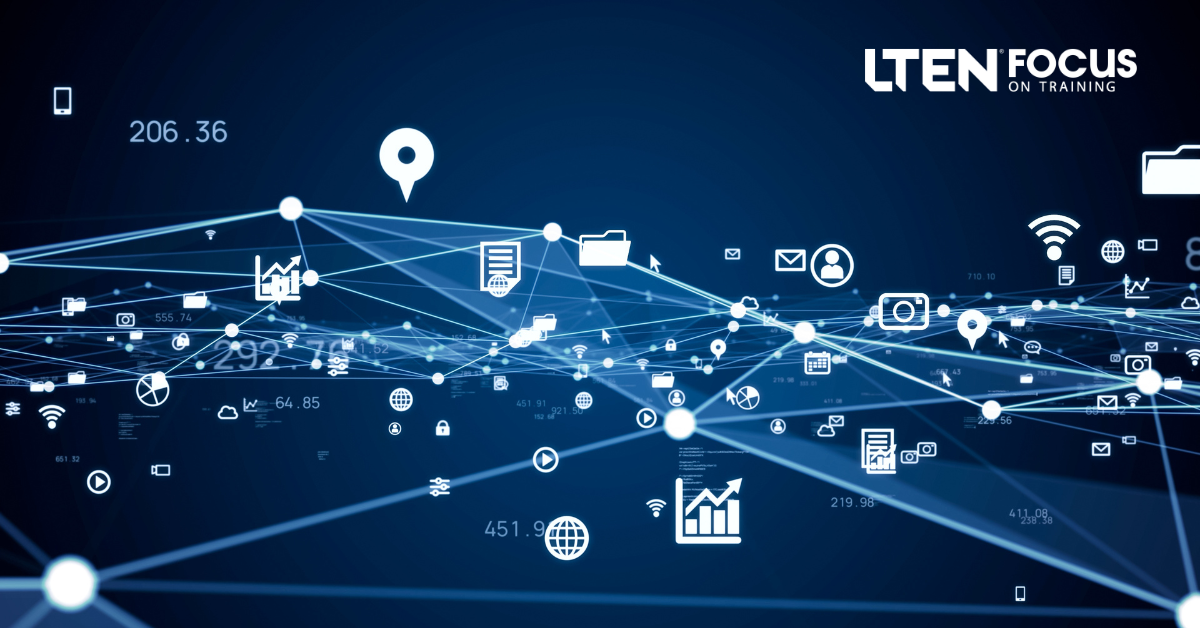
Technology – By Michaël Lemieux
‘Good enough’ doesn’t meet today’s evolving needs
The pandemic accelerated digital transformation across all industries, highlighting the crucial role of learning and development (L&D). With remote work becoming more prevalent and employees demonstrating increased digital aptitude, there is a growing need for tailored digital learning solutions.
However, transitioning from temporary fixes to long-term strategic transformations poses significant challenges for L&D professionals in life sciences.
Shifting From Temporary Fixes to Strategic Transformations
While the pandemic prompted a rapid adoption of digital solutions, many organizations in the life sciences sector implemented these as temporary patches rather than long-term strategic transformations. This approach has led to solutions that are deemed “good enough” but may not meet the evolving needs of employees or the organization’s strategic objectives.
L&D leaders are recognizing the need for more specific solutions designed for class sessions, collaboration and deep learning to address current challenges.
Meeting the Pressure to Reskill and Maintain Compliance Training
Life sciences organizations face increasing pressure to adapt, reskill and upskill their workforces to keep pace with industry changes and compliance. As a result, L&D has become more strategic with organizations prioritizing talent development initiatives to ensure quality, safety and workforce readiness.
However, this strategic shift also brings added responsibility, with corporate executives demanding clear learning ROI and the impact of training from L&D before allocating budgets.
Identifying Core Capabilities for Sustained Skills Development
Considering these challenges, L&D professionals need to identify core capabilities for sustained skills development. This involves leveraging the latest learning methods and technologies to prepare organizations for the future of work.
Key considerations include:
- Individual Learning Journeys: Personalized learning experiences are crucial for addressing the diverse skill needs within the life sciences workforce. By transforming learning programs to accommodate individual learning journeys, organizations can enhance employee satisfaction, productivity and retention.
- Blended Learning: With the rise of remote work and distributed teams, blended learning is becoming an essential part of training programs. This approach combines synchronous and asynchronous learning modalities, incorporating e-learning, social learning and on-the-job training to support individualized learning journeys and the current workforce.
- Hybrid Courses for Deep Learning: Delivering accessible educational content is vital and comprehension is critical. In some instances, L&D professionals need to prioritize hybrid courses that support deep learning by leveraging both in-person and virtual components to facilitate engagement and collaboration.
Conclusion
As life sciences organizations navigate the challenges of digital transformation and evolving workforce needs, L&D professionals play a pivotal role in driving strategic
learning initiatives. By shifting from temporary fixes to long-term solutions, embracing personalized learning journeys, adopting blended learning approaches and considering deep learning experiences, organizations can empower their workforce to thrive in a rapidly changing environment.
The deployment of long-term learning solutions is essential for achieving better learning outcomes and driving your organization’s agility and adaptiveness in the future.
 Michaël Lemieux is director of product strategy for X2O Media. Email Michaël at mlemieux@x2omedia.com or connect with him through linkedin.com/in/michael-lemieux-leader/.
Michaël Lemieux is director of product strategy for X2O Media. Email Michaël at mlemieux@x2omedia.com or connect with him through linkedin.com/in/michael-lemieux-leader/.









